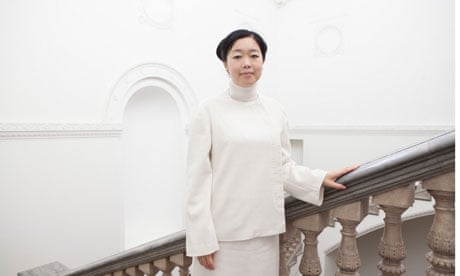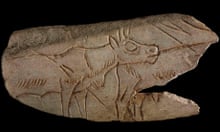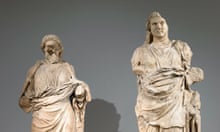Mariko Mori is dressed in the spirit of her work. If you look closely at her austere white outfit, you can see a trace of glitter in its fabric – like stardust. She is one of Japan's leading artists and this is her first solo exhibition in London for 14 years.
Like the dress, her art is constellated. It is extraordinary work, an exalted galaxy in the Royal Academy's Burlington Gardens. It begins with the birth and death of a star, it features a modern, luminous version of Stonehenge and what resemble Japanese gardens in outer space. With its emphasis on contemplation, there could be no better show with which to divert from the Christmas uproar.
Mori was born in Toyko in 1967. At 16 she worked as a model, relishing her "liberation" from high school where "skirts had to be an exact length". She came to London's Chelsea College of Art and Design in 1989, before moving to New York where she still lives and finds the city's artistic scope "a liberation" ("liberation" frequently appears in her conversation). Could she have found such freedom in Japan? "Not at all. It was hard then to have equality as a woman. But it is changing and I am so glad to see it."
Mori is fascinated by Japanese Jomon culture (c14,000-300BC) and Celtic traditions. She mixes ancient and modern, using digital technology in homage to worlds as old as the hills – and oceans. Every summer, she goes to Okinawa island, where it gets too hot to work but, early and late, she draws by the ocean – a meditation: "I am liberated from myself." Some of her quiet, delicate, glittering drawings are on show in the exhibition's "drawing room". Light is her accomplice. "There are two kinds of light – one invisible," she volunteers. Entitling her show Rebirth, Mori is on the most hopeful of missions.
She sees herself as a Buddhist, although she adds "I am an artist" as a qualifier. Does she believe in the soul? "Of course, yes! I think our ego is like the bark of a tree – but there is something else in us, an energy that makes us feel we are not alone." She is committed to site-specific projectss that "honour nature" and involve local people. She is to work with a waterfall in a rainforest near Rio de Janeiro in Brazil's Olympic year.
The exhibition is still being mounted but Mori takes me to see Birds, which will hang above the grand stairs in welcome. Two wings – immaculate, pearly and abstract – nest, for now, in a box. But, like their creator, they are about to fly.







Comments (…)
Sign in or create your Guardian account to join the discussion